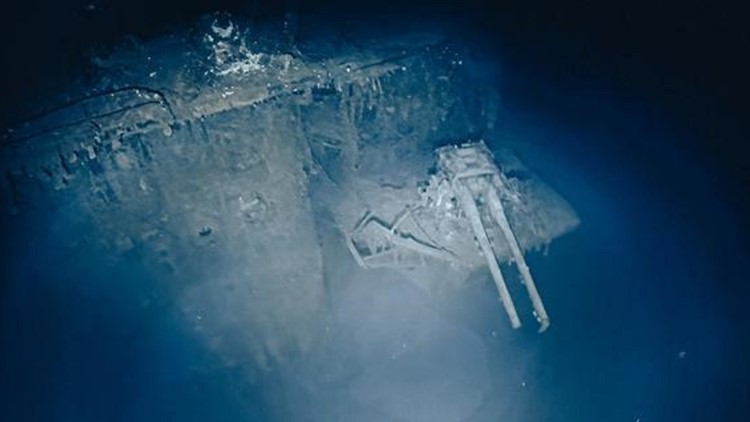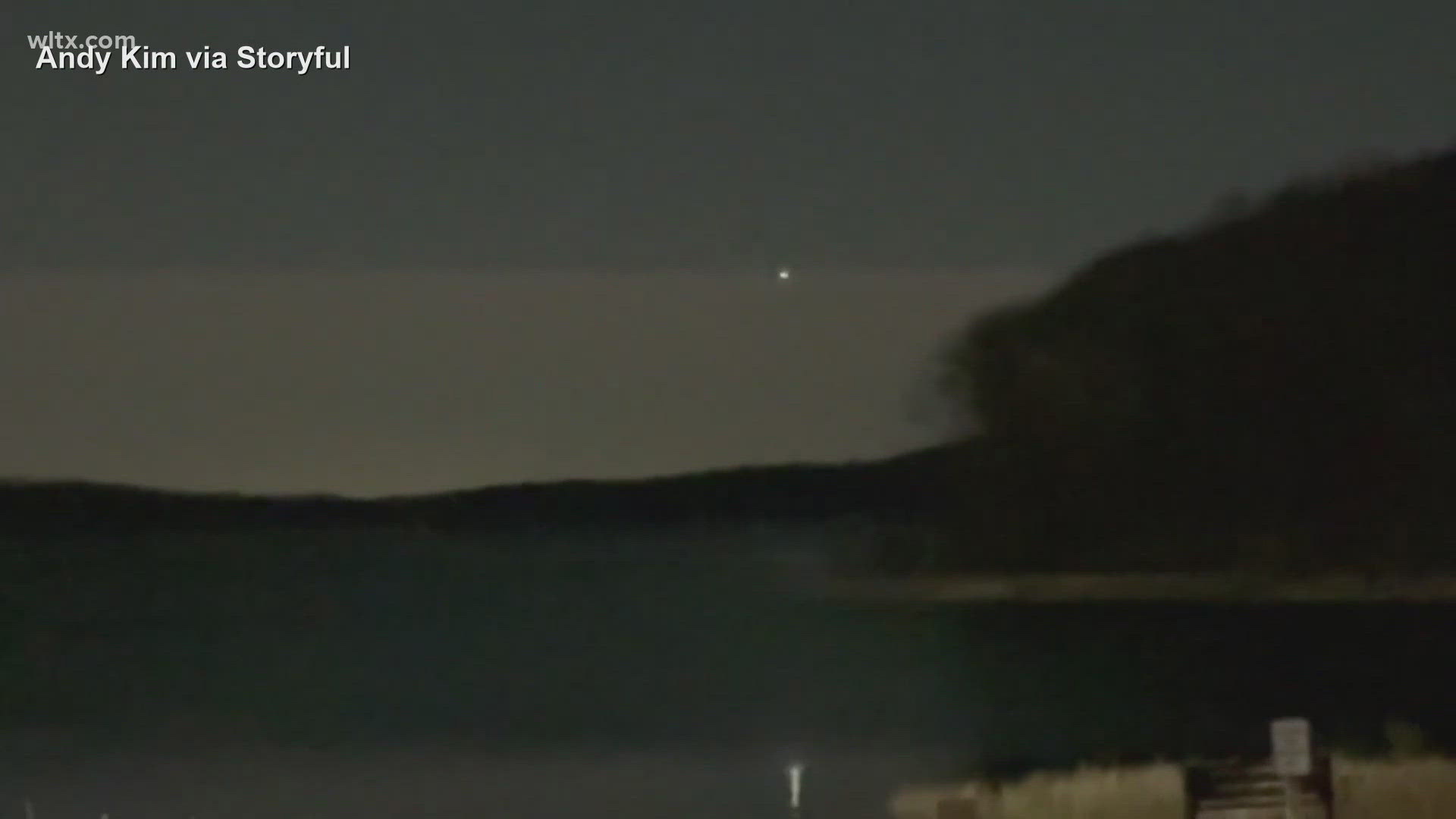HAWAII, USA — Deep-sea explorers say they have captured detailed images of three iconic shipwrecks from World War II's Battle of Midway, including the first up-close photos of a Japanese aircraft carrier since it sank during the historic battle in 1942.
The Japanese Imperial Navy's Akagi was surveyed along with two other aircraft carriers by a crew aboard the Exploration Vessel Nautilus, according to the nonprofit group Ocean Exploration Trust.
The group said that on September 10, a team spent 14 hours surveying Akagi, noting it was "the first time anyone has laid eyes on the vessel since sinking during June 1942's Battle of Midway." The vessel was initially located during a mapping survey in 2019.

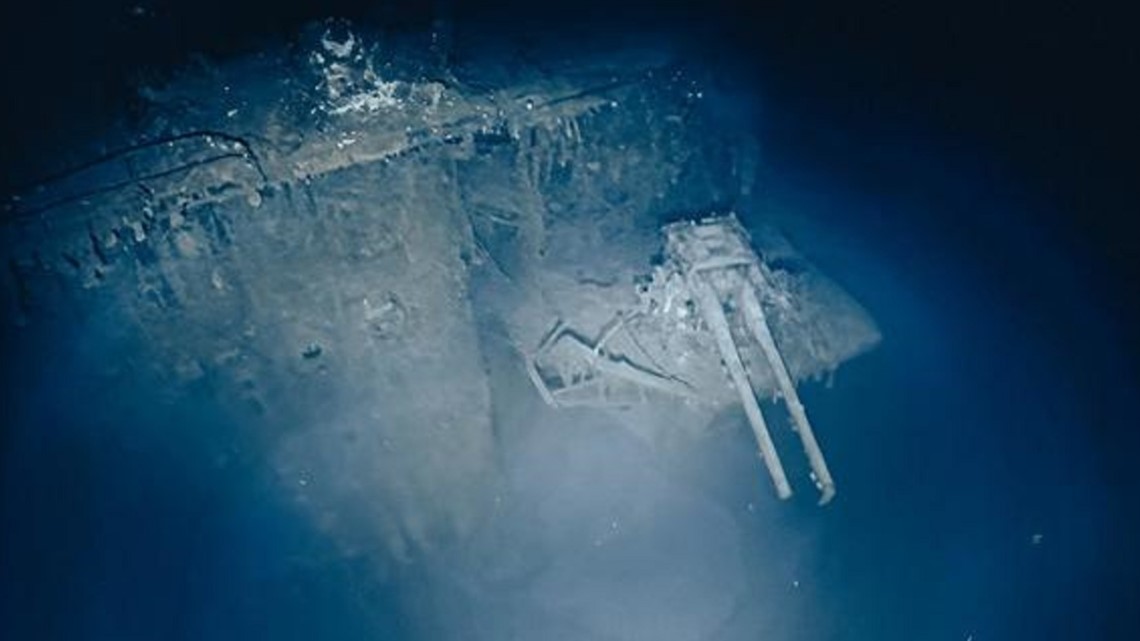
The team was also able to conduct the first detailed surveys of the Japanese Imperial Navy's Kaga and the USS Yorktown. The Yorktown was first located 25 years ago during a joint U.S. Navy and National Geographic Society expedition led by Robert Ballard, the founder of Ocean Exploration Trust.
The crew used remote-controlled vessels to film the shipwrecks, and over 100 experts from the U.S., Japan and across the globe were connected to ship operations with video technology, "helping guide the mission and providing valuable real-time interpretations throughout the surveys."

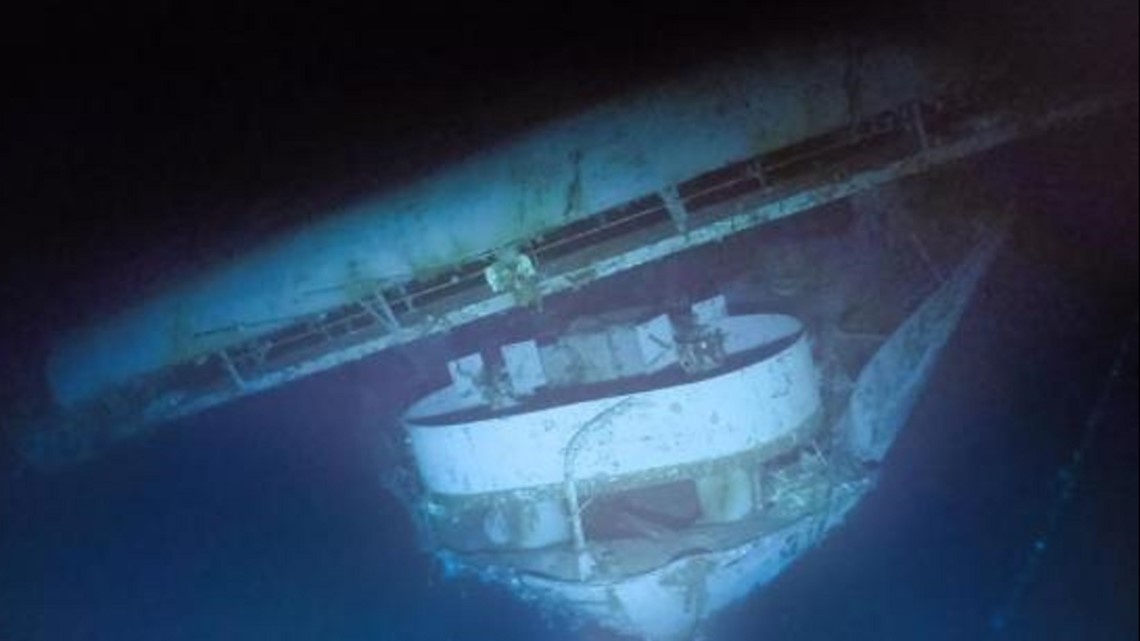
"During over 43 hours at depth, we methodically circumnavigated these historic wrecks, bringing to light many features in great detail, including their armament, battle, and sinking-related damage," Daniel Wagner, the chief scientist for the Ocean Exploration Trust, said in a news release. "Many anti-aircraft guns were still pointing up, providing clues about the final moments on these iconic ships."


Each dive ended with protocol ceremonies to honor all who lost their lives in the battle.
More than 3,400 people were killed at Midway, and the vast majority of casualties were Japanese service members, according to the National WWII Museum. About 362 U.S. troops were among the dead. Japan lost four aircraft carriers, one cruiser, and hundreds of aircraft, while the U.S. lost one carrier, one destroyer and 144 aircraft during the battle.

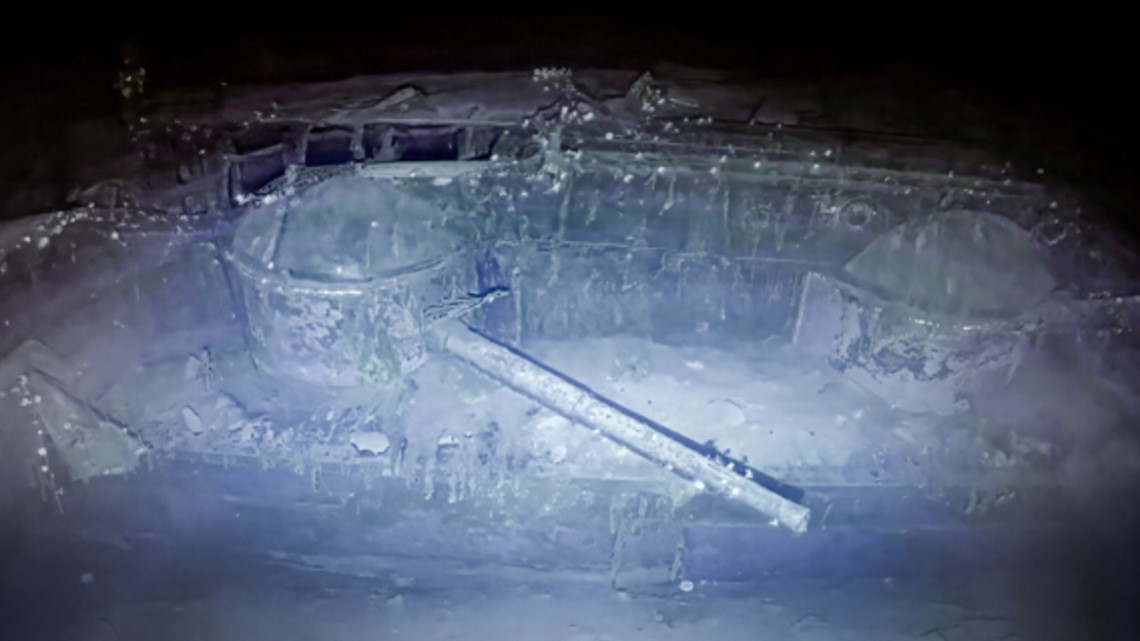
Japan had hoped to defeat the U.S. Pacific Fleet, but the U.S. had advance notice of the Midway attack because Navy cryptanalysts had begun breaking Japanese communication codes in early 1942, according to the museum. The pivotal battle set the stage for the Americans' counter-offensive across the Pacific.
"On this occasion, we meet on those same Pacific waters in which Japan and the U.S. once met in battle, but this time as allies and fellow researchers," said Embassy of Japan Minister Kosei Nomura. "We are reminded that today's peace and tomorrow's discoveries are built on the sacrifices of war, and so in my view, it is meaningful that Japan and the U.S. are now deepening their cooperation at Midway, utilizing such cutting-edge technology."
In May, a shipwreck off the coast of Japan was identified as that of USS Mannert L. Abele, a U.S. Navy destroyer that was sunk by a "human-guided kamikaze bomb" during World War II.

